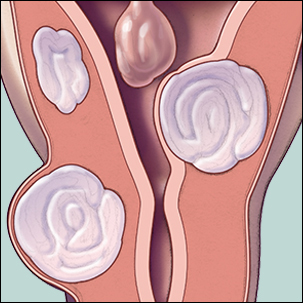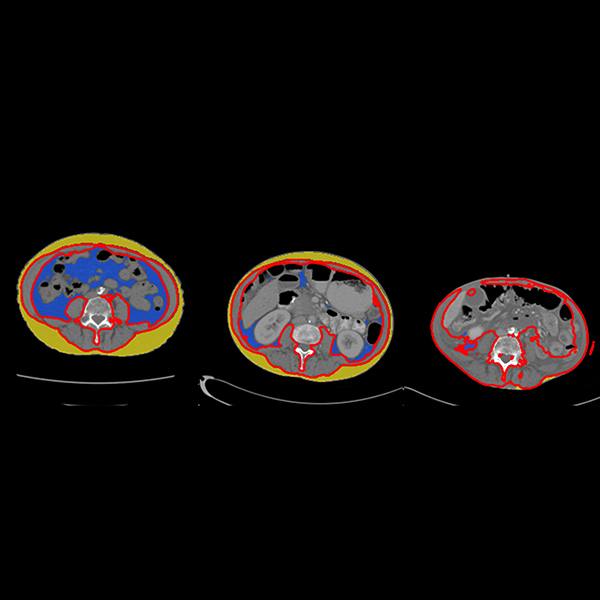-
Research
Mayo Clinic opens a second Regenerative Medicine Therapeutic Suites
Mayo Clinic has opened the Regenerative Medicine Therapeutic Suites in Arizona for patients seeking enhanced care when standard procedures don't meet their needs. The suites are an intersection of clinical practice, research and lab space where patients can have their cells processed on-site for immediate application to their condition.
"It's a whole new level of care. Instead of trying to fit patients into a cookie-cutter approach, we're offering patient-specific care," says David Lott, M.D., medical director of the Regenerative Medicine Therapeutic Suites in Arizona. "We can process the patients' cells on-site to grow tissue, and then we can implant it, all within one appointment." Dr. Lott is also the associate director of Mayo Clinic's Center for Regenerative Biotherapeutics in Arizona.
Regenerative medicine and regenerative biotherapeutics are emerging fields that are shifting the focus of health care from treating disease to rebuilding health. The emphasis is on repairing, replacing or restoring diseased tissues, cell or organs. Mayo Clinic's Center for Regenerative Biotherapeutics is leading this effort and supports the Regenerative Medicine Therapeutic Suites as part of its objective of advancing the practice.
The Arizona suites are a replica of Mayo's first Regenerative Medicine Therapeutic Suites in Jacksonville, Florida, which opened in 2016. Mayo Clinic providers who specialize in regenerative care deliver new technologies for patients who have exhausted all other care options. Eight different clinical departments, including dermatology, gynecology, urology and orthopedics, collaborate to provide regenerative services.
Advancing the Practice
The opening of the Arizona Regenerative Medicine Therapeutic Suites brings together providers from many fields who are interested in offering new options for regenerative care. Examples include specialists in pain medicine and rehabilitation and otolaryngology. A physician assistant will manage the daily operations in Arizona.
Among the services offered at the Regenerative Medicine Therapeutic Suites in Arizona:
- Patient education — Mayo providers will have an evidence-based discussion about what is known, what has been studied and what has yet to be scientifically proven about regenerative procedures. Patients may be referred to clinical trials.
- Stromal vascular fraction cells —Taken from a patient's adipose (fat) tissue, stromal vascular fraction stem cells contain connective tissue and growth factors that may address conditions of the skin, tendons, joints, ligaments, blood vessels and muscles.
- Platelet-rich plasma — Platelets spun from a patient's own blood contain a concentration of plasma and natural growth factors that target tissues in need of repair. It's often used to augment standard care for conditions like osteoarthritis of the knee.
- Bone marrow aspirate concentrate — Cells are extracted from bone marrow tissue and combined with growth factors to trigger healing of injured tissue.
- Tissue engineering —Tissue engineering holds promise of regenerating lost or damaged cells, tissues, and organs. Mayo Clinic in Arizona has invested in an electrospinner machine that can create scaffolds with microscopic pores and fibrous structure that mimic natural tissue.
- 3D printing and bioprinting — These technologies incorporate living cells into scaffolds with the possibility of regrowing living tissue, bone, blood vessels and organs. As an example, Dr. Lott and his team are 3D printing an exact replica of a diseased portion of larynx lost to cancer, and that replica is then implanted in the patient.

An electrospinner creates scaffolds with microscopic pores and fibrous structure that mimic natural tissue.
The Arizona team envisions delivering regenerative care in an "operating room of the future" concept that is a convergence of biomanufacturing, engineering and regenerative medicine.
"The idea is to have a lab component or a modified 3D printer within the operating room itself to apply new cellular and regenerative technologies immediately at the point of care," says Dr. Lott. "That builds on the work within the suites in which we are processing cells on-site while the patient is being seen."
Emphasis on research
One of the goals of the therapeutics suites is to advance safe and scientifically-validated regenerative procedures in the practice to provide new options for healing. The Arizona and Florida Regenerative Medicine Suites will work together on research into promising regenerative technologies. One of the first priorities is to investigate whether stromal vascular fraction cells can get to the root cause of inflammatory disease and trigger healing.
"Our hope is to work with the practice to expand clinical trials that would investigate regenerative care across a broad range of specialties and move them toward clinical care," says Dr. Lott.
Mayo Clinic only offers regenerative care that has been shown to be safe in clinical trials or is currently undergoing evaluation in a clinical trial. Since many regenerative medicine therapies are new, it is important to Mayo Clinic that patients understand the safety and efficacy of these treatments. Patients will be educated on the potential benefits and drawbacks of any regenerative medicine treatment.
###









